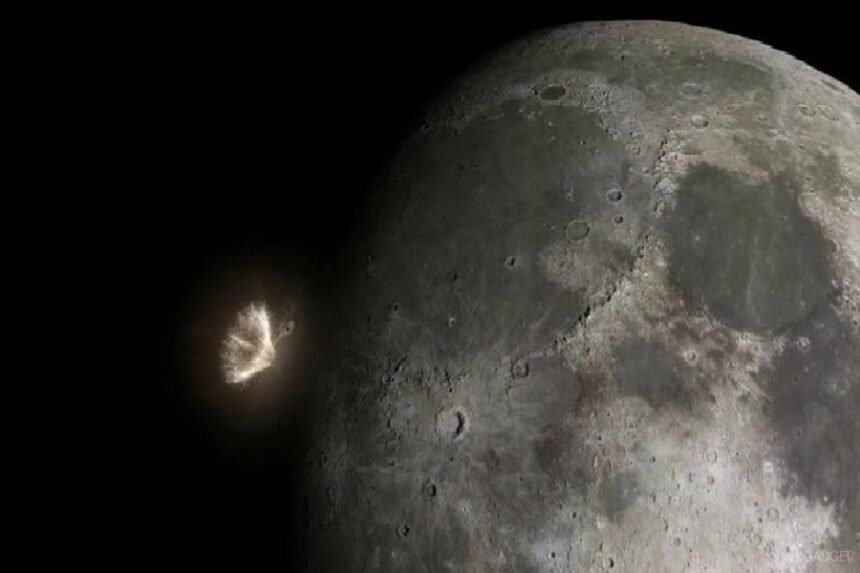Astronomers are closely monitoring a newly discovered asteroid, 2024 YR4, which, after initially posing a slight risk to Earth, now has a four percent chance of impacting the Moon on December 22, 2032. This development has shifted focus from a potential terrestrial disaster to concerns about lunar debris.
Late last year, astronomers identified 2024 YR4, and at one point, its probability of colliding with Earth reached three percent for the aforementioned date. The International Asteroid Warning Network (IAWN) issued its first public alert on January 29, 2025.
Researchers Zuri Gray and Grigori Fedorets began tracking the asteroid immediately after the alert. Using the Nordic Optical Telescope in the Canary Islands, they collected vital data. “We are focusing on the precise position and movement of the asteroid, as well as analyzing its rotation, size, and shape,” Gray explained. “This information is crucial for better predicting the asteroid’s future trajectory and ultimately refining its impact probability.”
For a brief period, the Moon’s brightness obscured the asteroid’s faint signal, making it difficult for astronomers to track. However, once the full moon passed, a Finnish team was the first to capture new data. This fresh information drastically changed the calculations, causing the chances of a collision with Earth to drop significantly to less than 0.001%, a near-zero probability.
Potential Lunar Impact and Consequences
Despite the reduced risk to Earth, a new potential target emerged: the Moon. Current calculations indicate a four percent chance that 2024 YR4 could collide with the Moon.
Professor Karri Muinonen of the Finnish Geospatial Research Institute warned about the implications of such an event: “If the asteroid hits the Moon, the Earth-Moon system could be covered with particles detached from the Moon and the asteroid, potentially threatening human space infrastructure and operations.”
The estimated size of the asteroid ranges from 46 to 74 meters. Based on early data, astronomers had assigned it a level three rating on the Torino Scale, which assesses the impact hazard of Near-Earth Objects (NEOs). For context, an asteroid roughly 60 meters wide, if it were to hit Earth, could release energy many times greater than the atomic bomb dropped on Hiroshima.
The research findings are publicly available online in the Research Notes of the American Astronomical Society.







